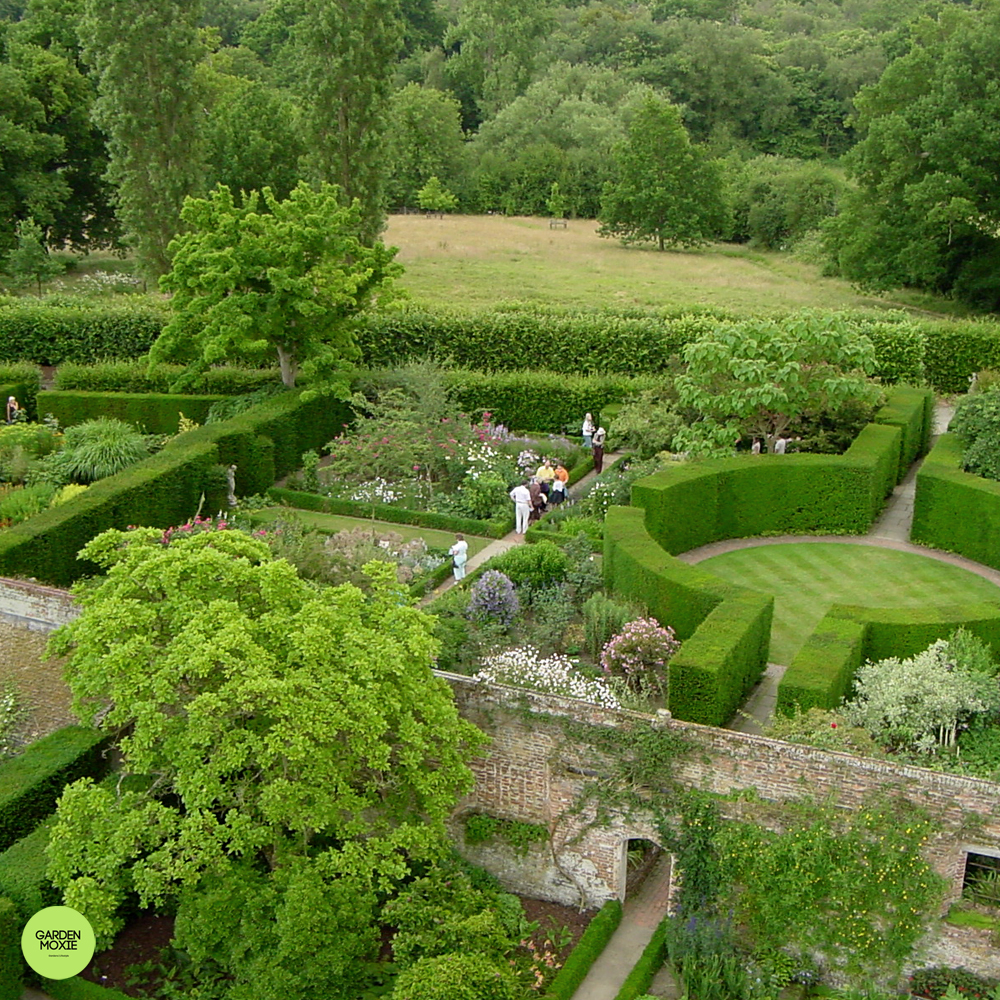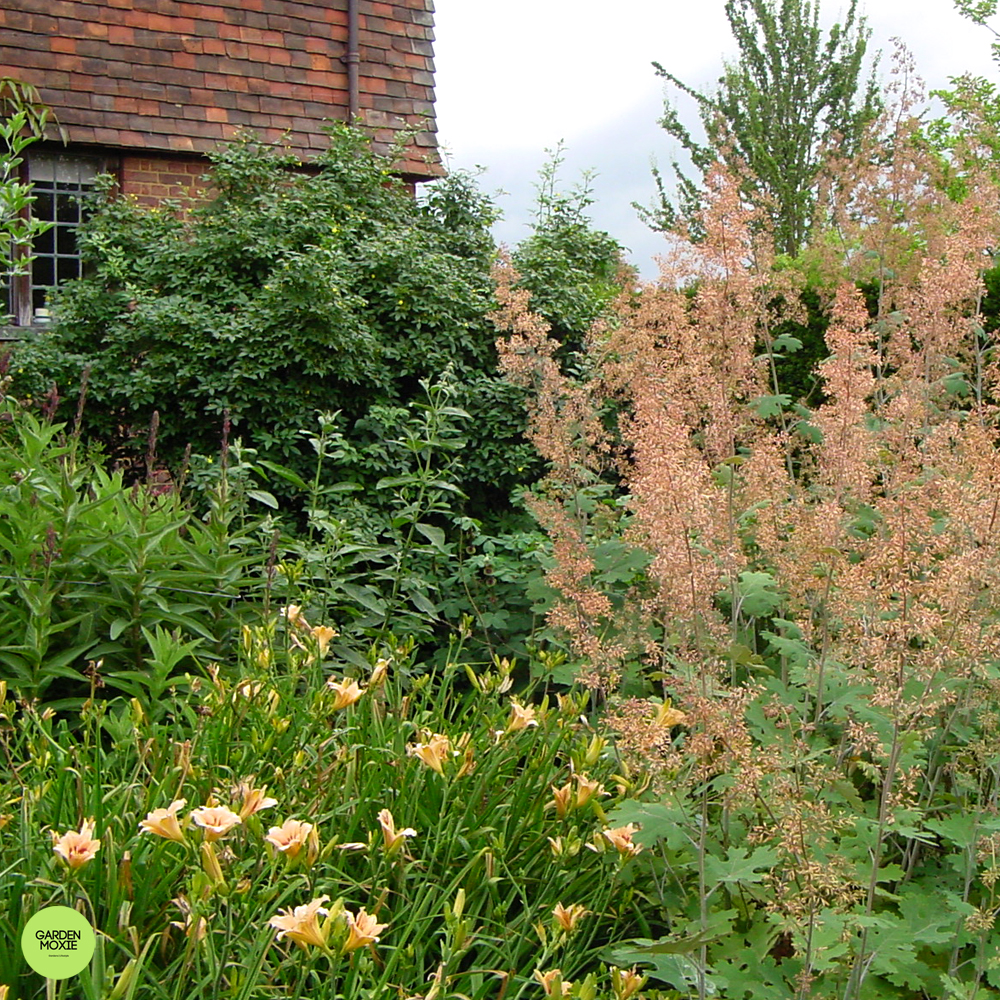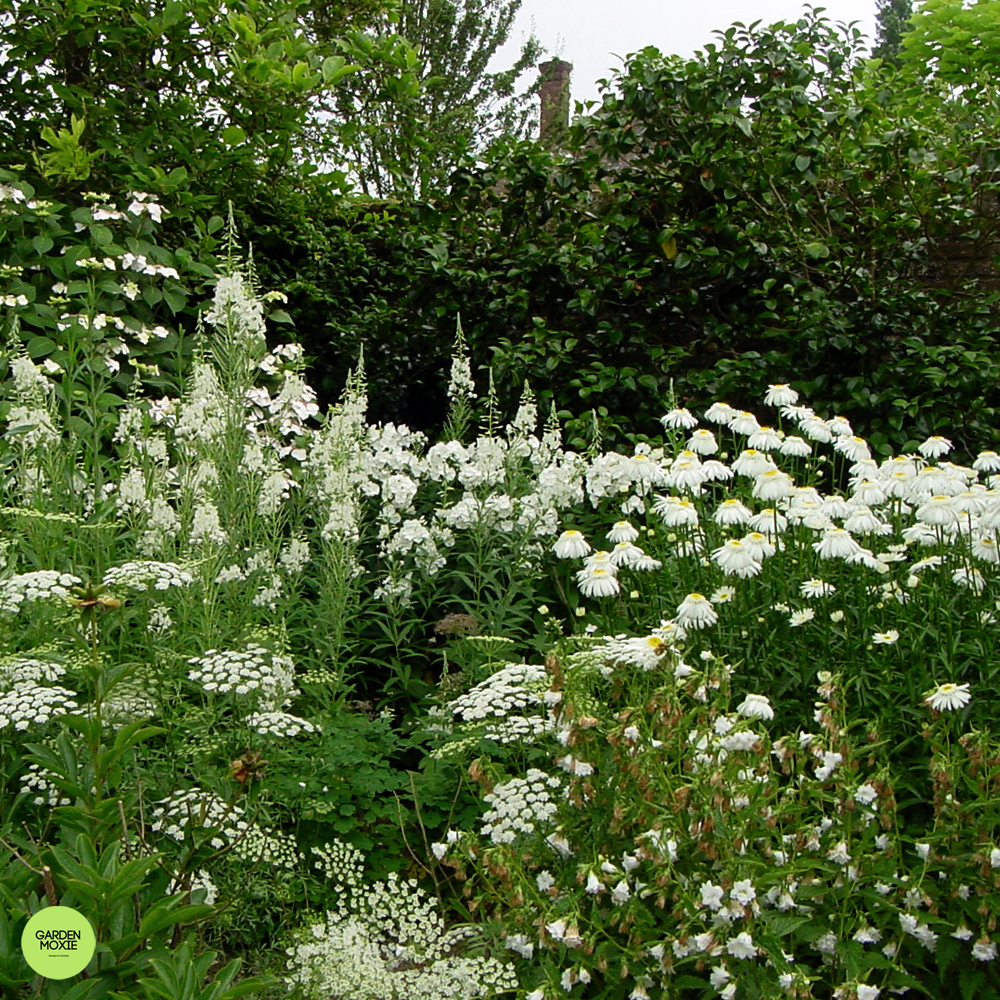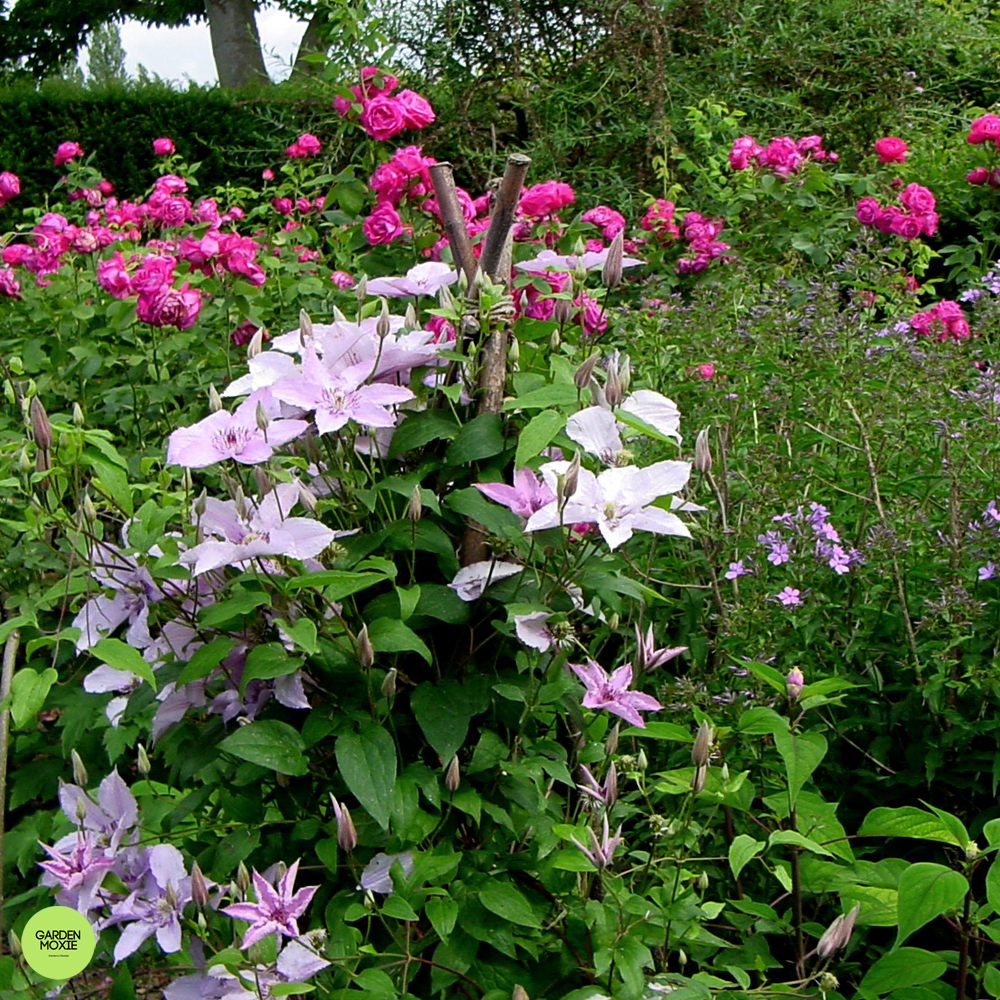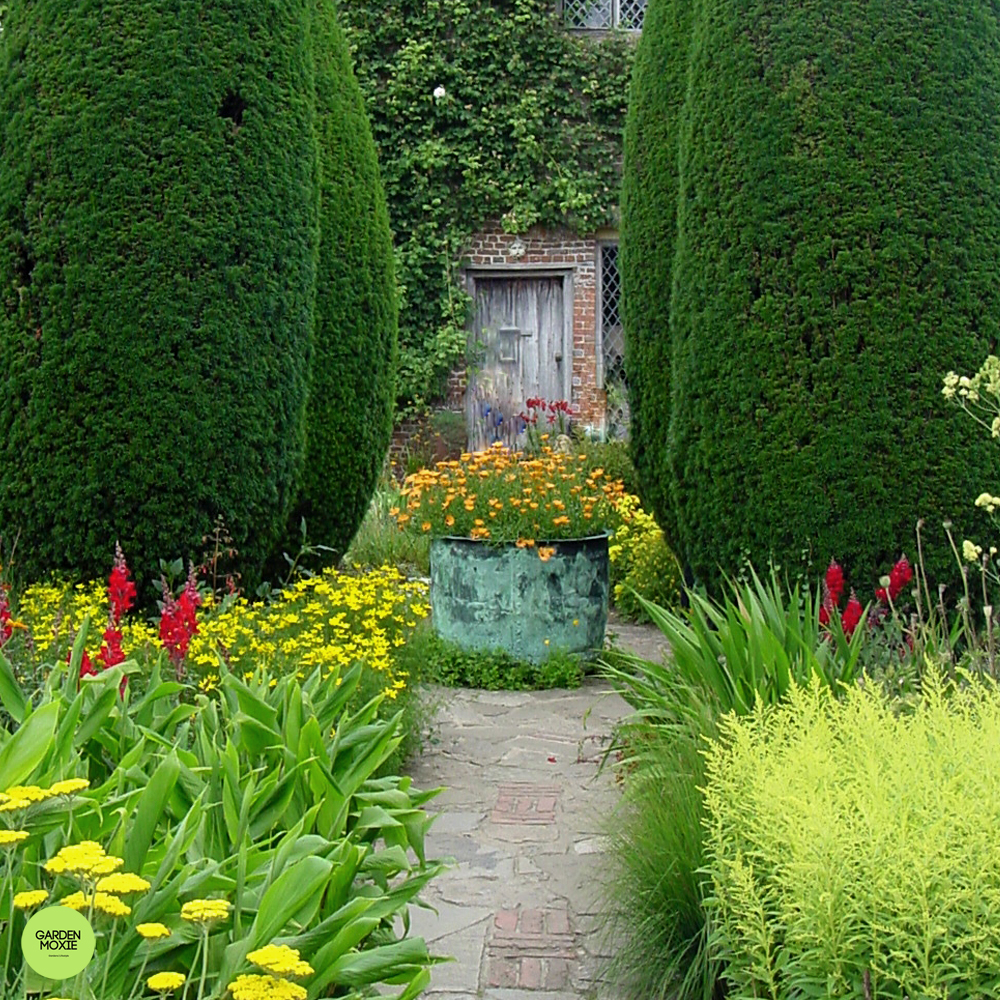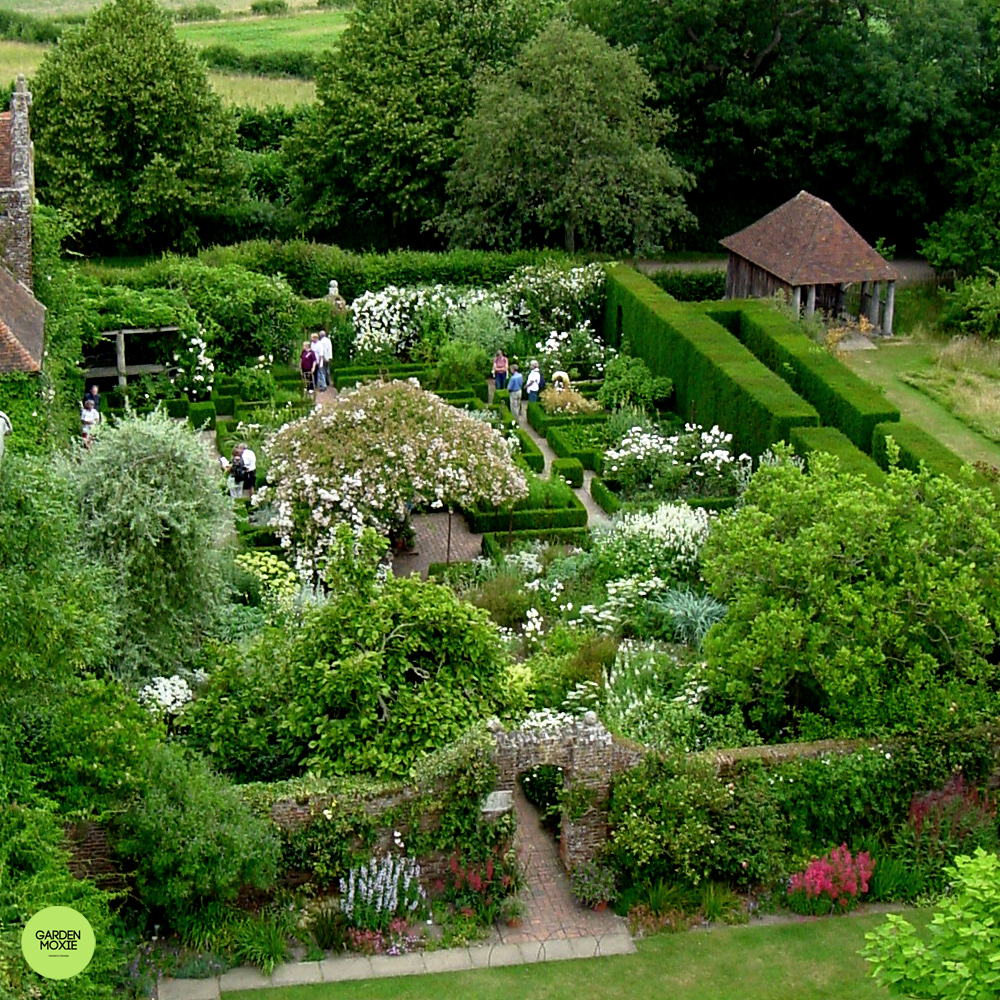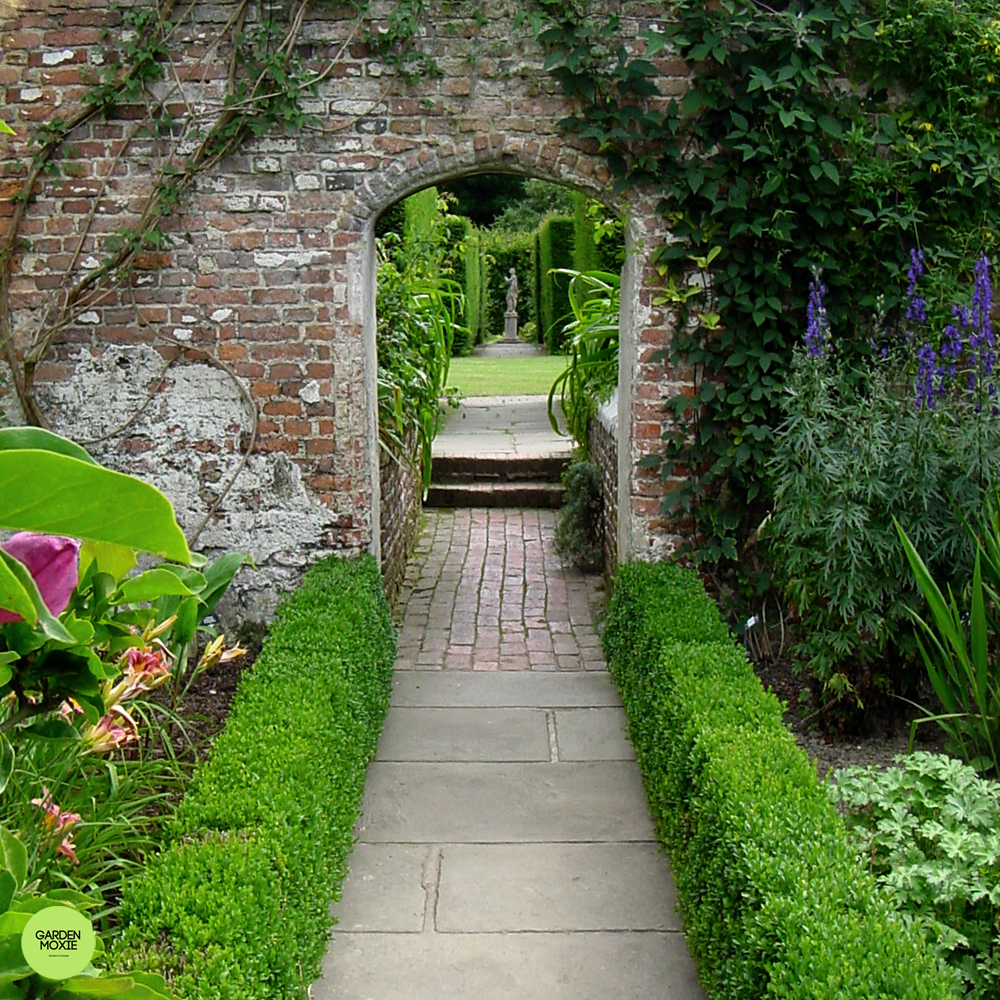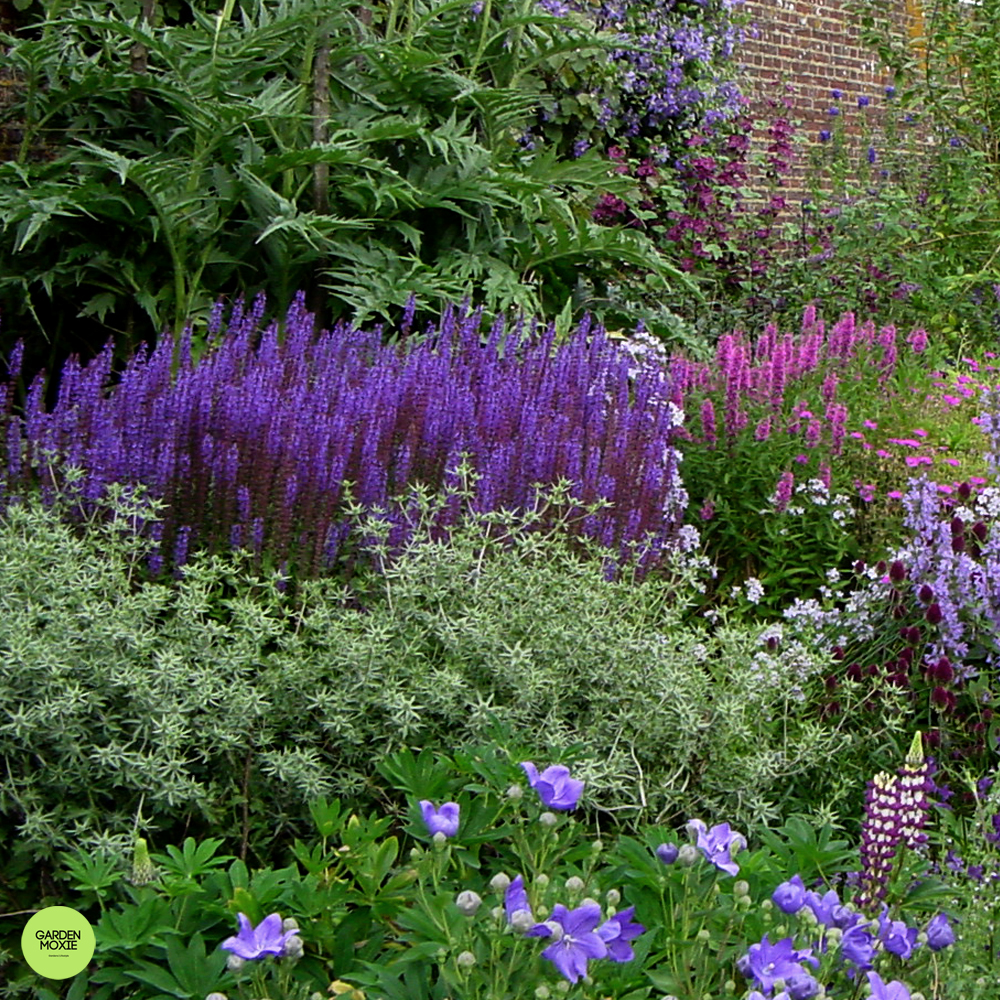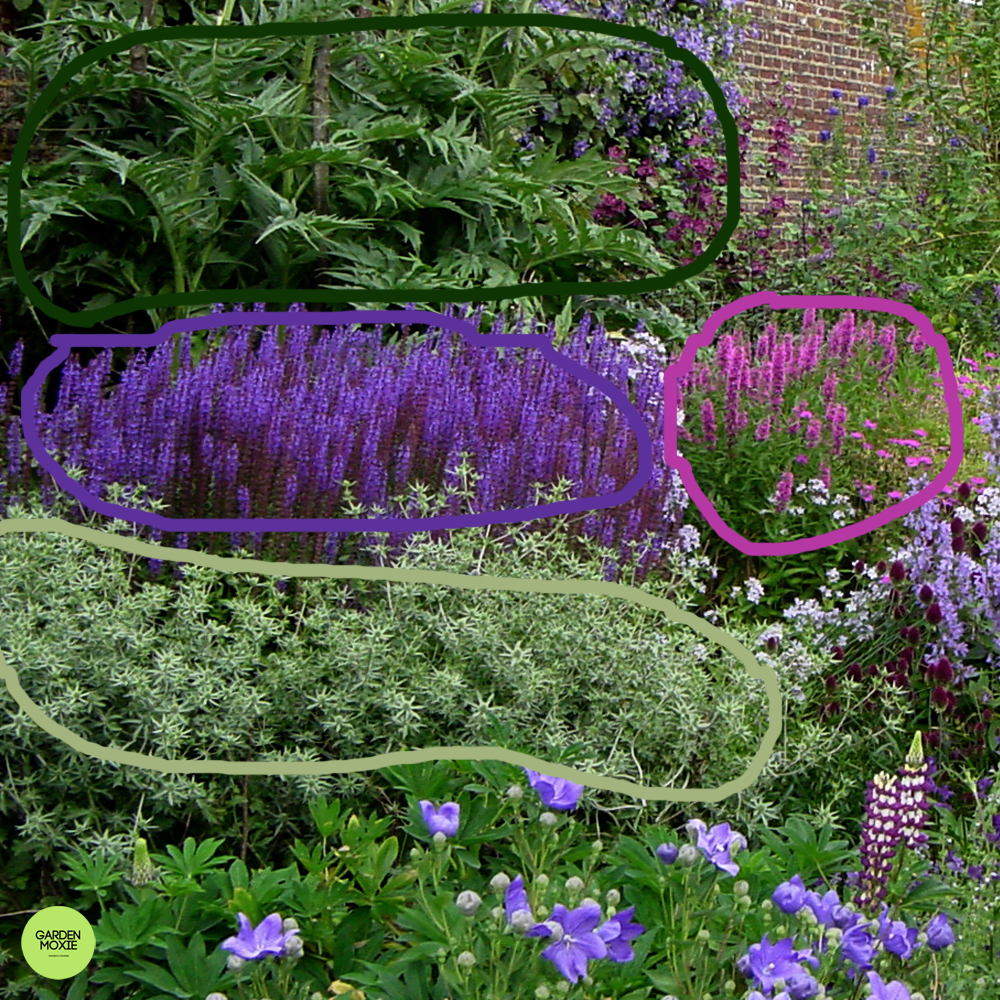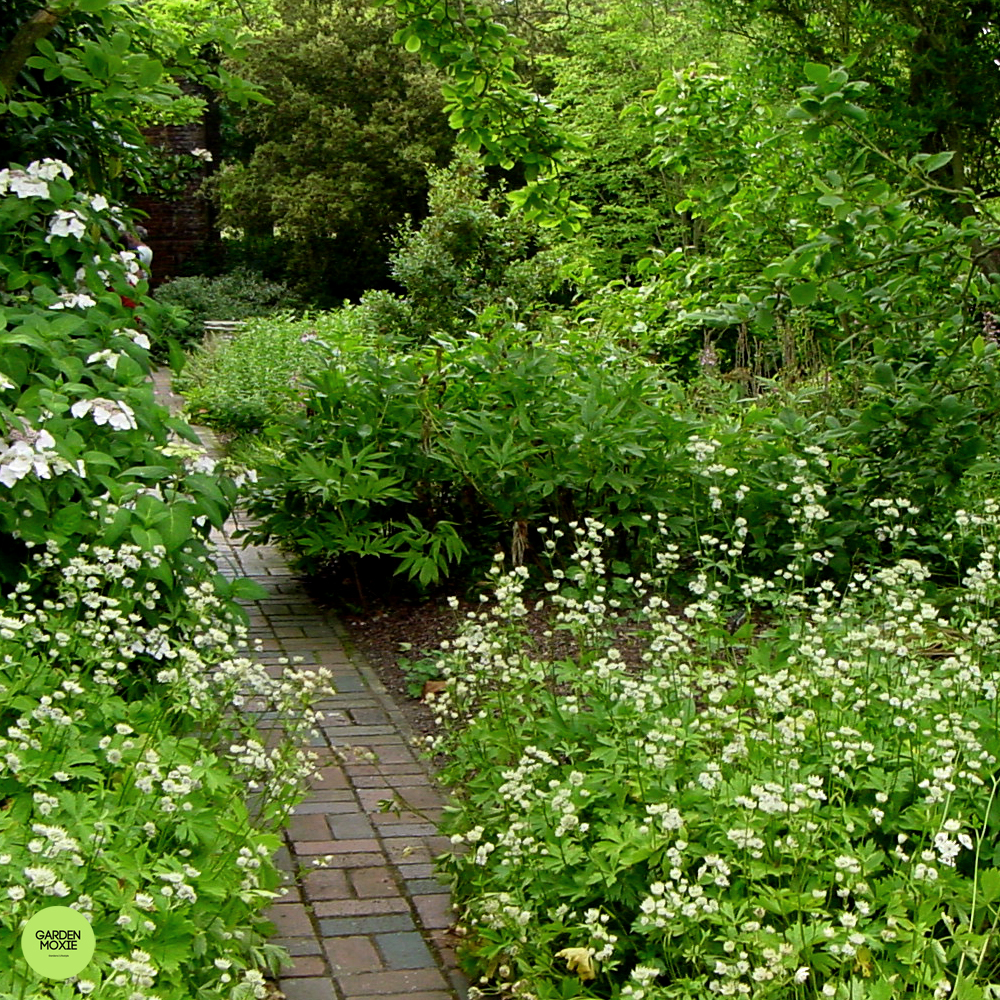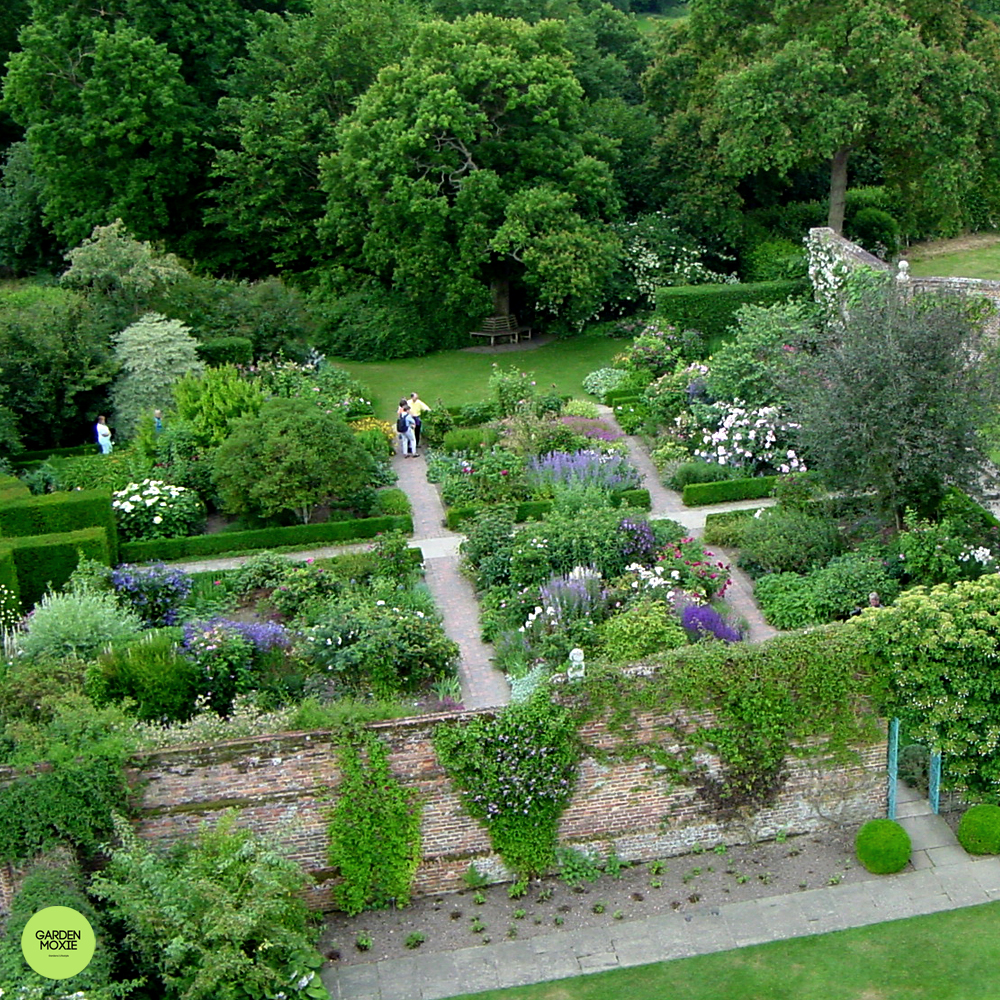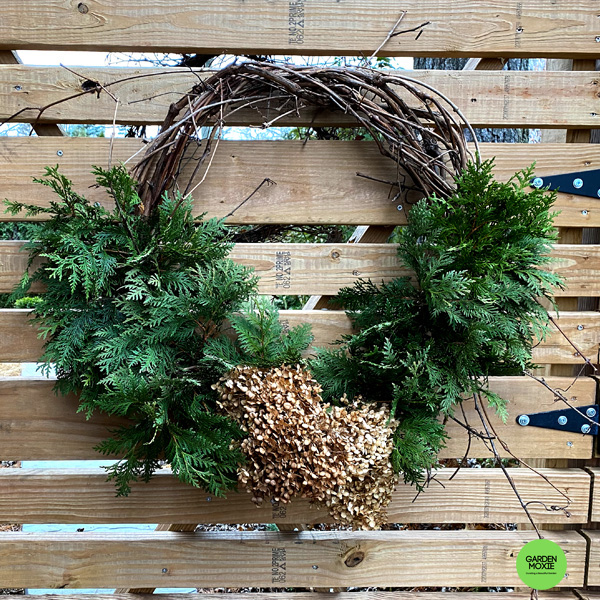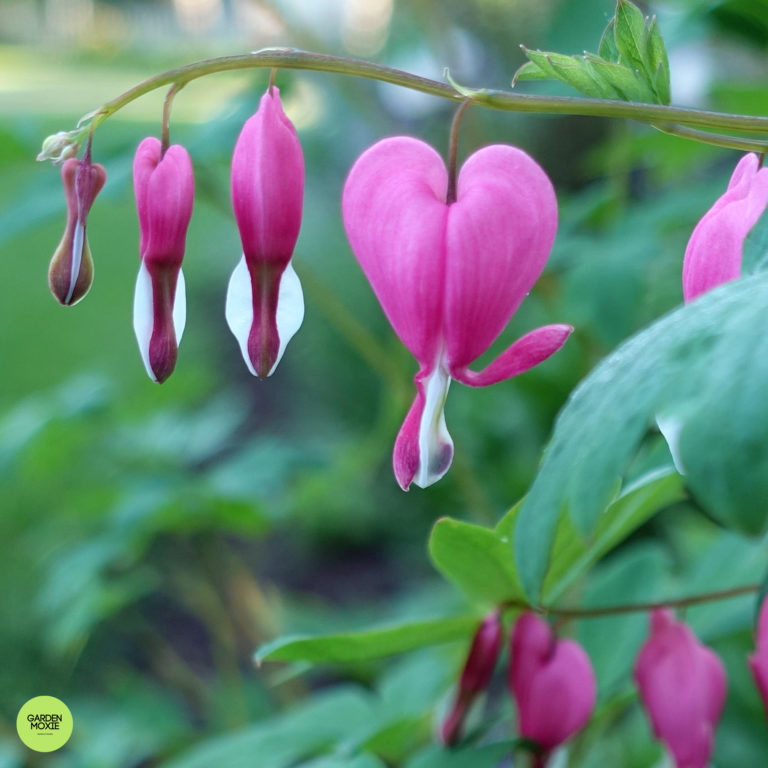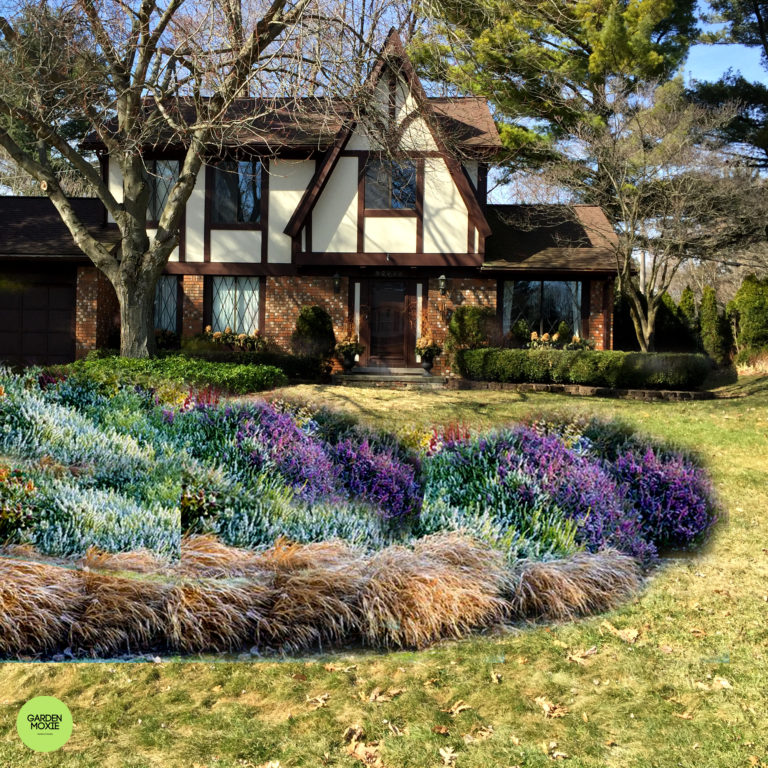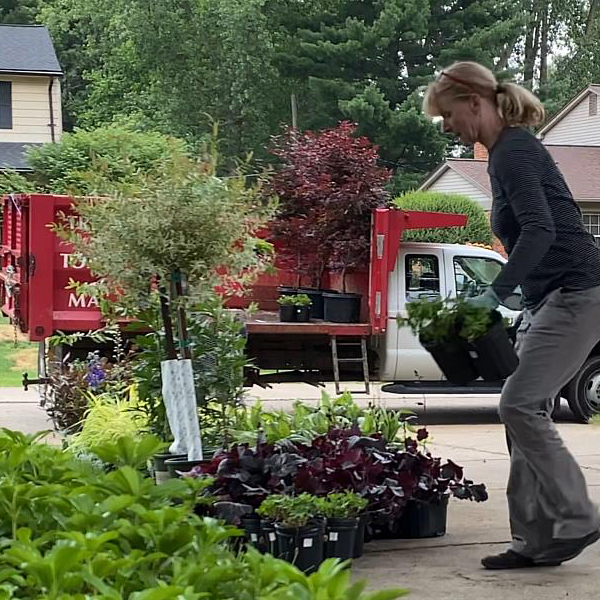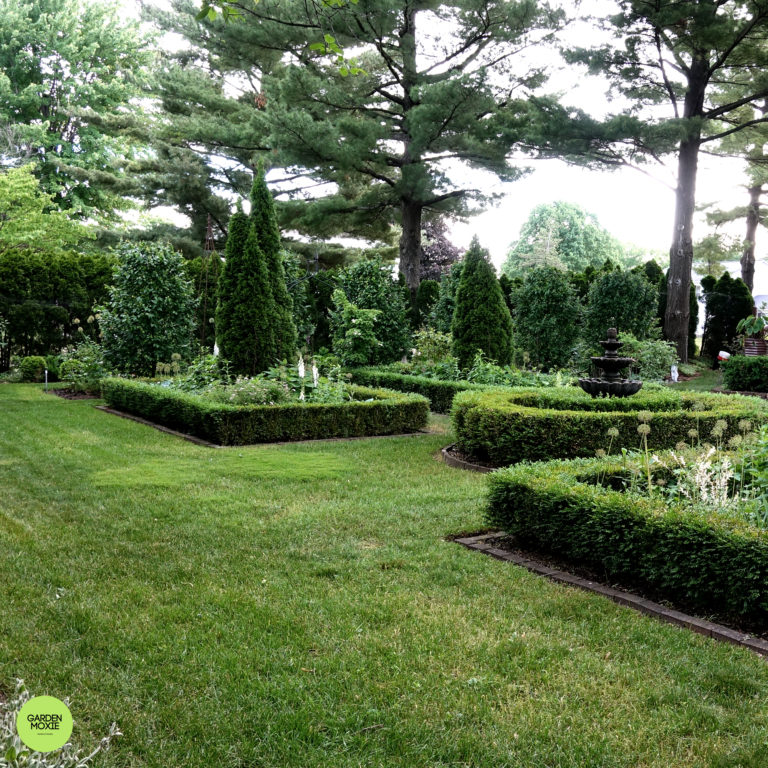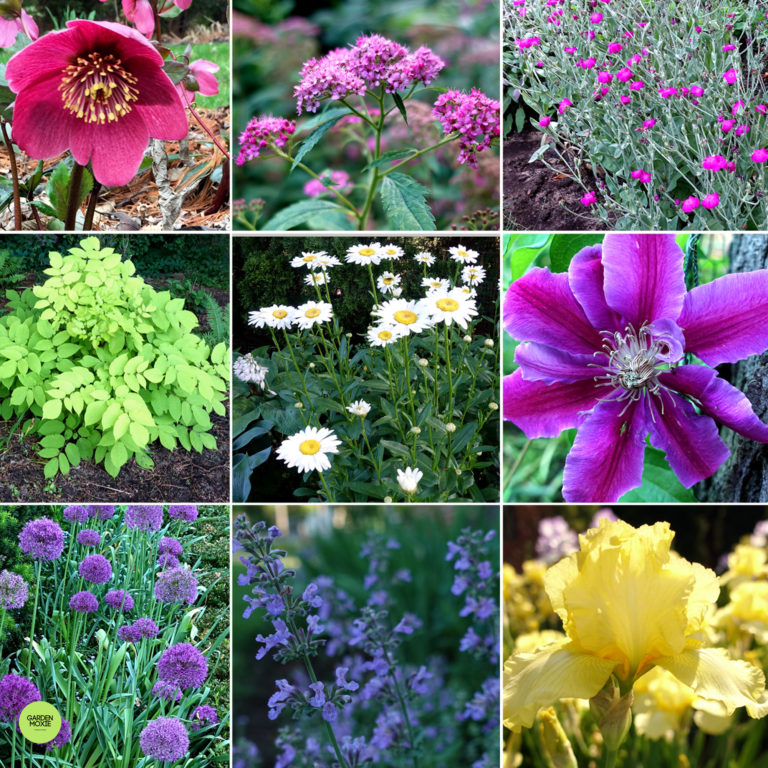Design Lessons from Sissinghurst
Sissinghurst Garden Design Lessons
Sissinghurst Castle Garden is one of the most famous gardens in England. The garden was created by Vita-Sackville West and her husband, Harold Nicolson. I read that Vita-Sackville West was influenced by William Robinson, the creator of Gravetye Manor and author of numerous garden books including The English Flower Garden. That makes sense to me because Robinson and Sackville-West both created gardens that are works of art.
“The gardener should follow the true artist, however modestly, in his love for things as they are, in delight in natural form and beauty of flower and tree, if we are to be free from barren geometry and if our gardens are ever to be pictures.”
— William Robinson
My visit to Sissinghurst Castle Garden was inspiring. As I walked through the garden, I realized it provided the perfect example of a well-designed landscape. I’ve read a lot of articles and books about design principles, but it’s not always easy to turn the words into actions.
I hope these photographs from my visit will show you the design principles of color, line, texture, and repetition and inspire you to include these design principles into your garden. I’m a firm believer that a picture is worth a thousand words.
Color
There’s been a lot written about color theory and color psychology. It’s easy to get caught up in the scientific details, but all that talk won’t help you design a better garden. Rather than getting caught up in the minutia, I think it’s easier to keep things simple.
- Pick colors that you love
- Pick colors that go together
- Pick colors that match your house
Honestly, it’s not more complicate than this. You can look at combinations of plants and know if the colors go together. Stay true to what you love, and you can’t go wrong. Let’s look at some examples from Sissinghurst.
The photograph above was taken in the South Cottage Garden. Notice how the color of the flowers not only look good with one another, but they match the warm tones of the brick. Each of these colors blends into one another and creates a sense of harmony.
One of the most famous gardens at Sissinghurst is the White Garden. The plants within this space all have white flowers and green foliage. The green foliage is the perfect backdrop for the bright, white flowers. Notice the use of different flower textures and shapes as well. The different textures help each group of plants stand out.
The cool tones of pink and lavender blend perfectly in this photograph taken in the Rose Garden. The colors of the clematis, roses, and phlox all coordinate with one another. Notice how the green foliage creates the perfect backdrop for each color.
Line
Paths, focal points, and plants all help direct your eye through the garden. There are the verticle lines of trees and shrubs, and the horizontal lines of paths and hedges. Each helps guide the eye.
Sissinghurst has great examples showing how this design principle can be used to direct a visitor through the garden.
Notice how your eye follows the path leading to the door of the Priest’s house. There is also a focal point placed at the intersection of two paths. The large copper planter with bright orange flowers is strategically placed that the intersection of the paths. The tall yew columns also help frame this view by providing a verticle line to enclose the space.
The overhead view of the White Garden helps you see how the paths create lines leading the visitor through the garden. The brick path takes the visitor through the entrance, over to the rose arbor, and back to the rear entrance.
This long view through the garden demonstrates the idea of using a focal point to guide the visitor through the garden. You can look along the path, through the brick wall entrance, to see the statue in the distance. This view encourages the visitor to investigate what lies ahead.
Texture
It’s important to incorporate different textures in your garden. Combining fine and coarse-textured elements help distinguish areas of the garden. Different textures help to visually break up space. Be sure to use big groupings of plants to create garden pictures like the one shown below.
The photograph above is the perfect example of using texture to create a garden picture. Notice how your eye rests of the fine texture of the sea holly, the spiky texture of the purple salvia, and the coarse texture of the artichoke against the brick wall.
I love the texture of these white Astrantia plants along a brick path. The Astrantia is a fine-textured plant. Right behind it, you can see a hydrangea with coarse-textured leaves. The brick pathway provides another texture in this space.
Repetition
Repeating colors, textures, and plants helps create a cohesive garden design. Repeating design elements helps create unity and leads the eye. Repetition is easy to see at Sissinghurst.
The photograph above shows the use of color repetition. Notice the groupings of red flowers along the brick wall. The groupings of similar colors help create a cohesive look.
Notice how the repeating groups of purple and white flowers throughout the border help create harmony. The color repetition is even included on the brick walls using white climbing roses. The entire space is a peaceful grouping of purple and white flowers.
The photograph above is an example of repetition and texture. This section of the rose garden uses spiky-textured iris, fine-textured catmint, and coarse-textured rose bushes. There are repeating groups of purple and pink throughout this garden that create a cohesive design.
Sissinghurst provides great examples of the design principles of color, line, texture, and repetition. I hope these examples give you ideas of how you can use these design principles in your garden too.
Happy gardening!

